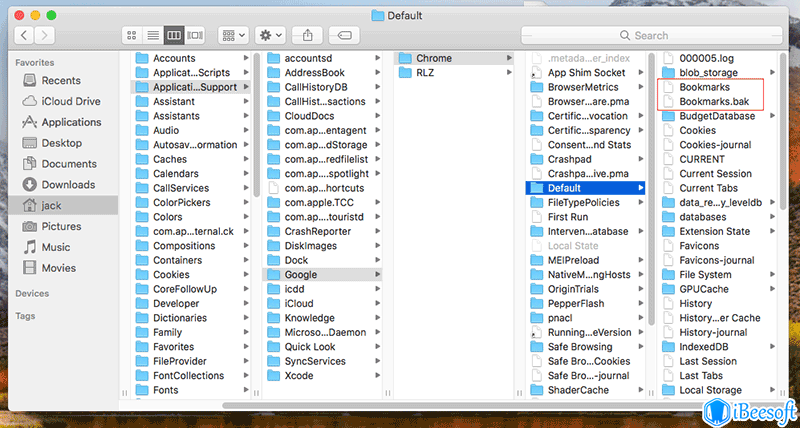
- #Why can't i open ancestry.com in chrome for mac how to#
- #Why can't i open ancestry.com in chrome for mac install#
- #Why can't i open ancestry.com in chrome for mac download#
Press Command+Space, type “Terminal”, and press Enter to launch one. If you know what you’re doing and need to change the setting, you can, though we don’t recommend it.įirst, open a Terminal window.
#Why can't i open ancestry.com in chrome for mac how to#
RELATED: How to Disable System Integrity Protection on a Mac (and Why You Shouldn't) But Apple doesn’t want less knowledgeable users disabling this security feature, so it’s hidden that switch, just like the option to disable system integrity protection. You can still choose to run individual unsigned apps, and there’s a hidden command line option to bypass Gatekeeper entirely. That’s it–a single graphical option was removed. You can no longer disable Gatekeeper entirely from the System Preferences window. In macOS 10.12 Sierra, though, Apple changed this. You’d just select “Anywhere” from the “Allow apps downloaded from” setting. In older versions of macOS, you could disable Gatekeeper entirely from System Preferences > Security and Privacy. Just allow each specific app as you go, making sure you trust each app before you run it. This is the best, most secure way to run a handful of unsigned apps. You’ll see an “ can’t be opened because it is from an unidentified developer” message. If you try opening an unsigned app by double-clicking it, it won’t work.
#Why can't i open ancestry.com in chrome for mac download#
This setting should provide a good amount of security, allowing users to get apps from the app store or download signed apps from the web. The default setting is to only allow apps from the first two categories: the Mac App Store and from identified developers. Apple considers these the least secure, but it doesn’t mean an app is untrustworthy–after all, Mac apps that haven’t been updated in years may not be properly signed.
#Why can't i open ancestry.com in chrome for mac install#
For example, when you install Google Chrome on your Mac, it’s signed with Google’s developer ID so Apple allows it to run. This digital signature ensures the application was actually created by that specific developer. Apps from Identified Developers: Mac app developers can acquire a unique developer ID from Apple and use it to sign their applications.They’re also sandboxed, although this is a reason why many app developers don’t use the Mac App Store.


Some apps available on the web–particularly older ones–just aren’t signed, even if they’re trustworthy. If it’s not, you’ll see a warning message and your Mac will prevent the application from running.īut not every Mac app is signed.

If the application is signed with a valid signature, it’s allowed to run. Whenever you launch a new application on your Mac, Gatekeeper checks to see that it’s signed with a valid signature.


 0 kommentar(er)
0 kommentar(er)
